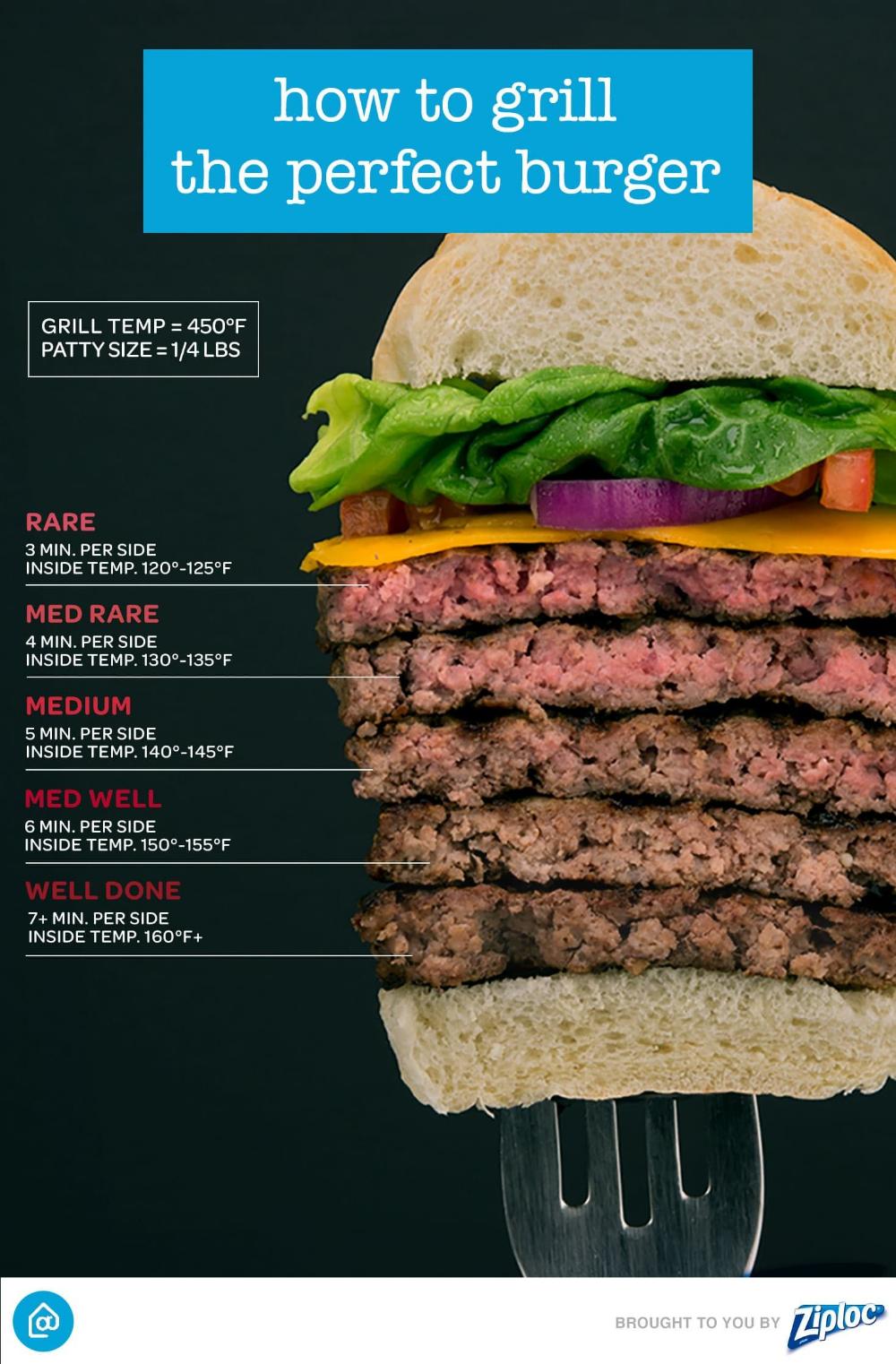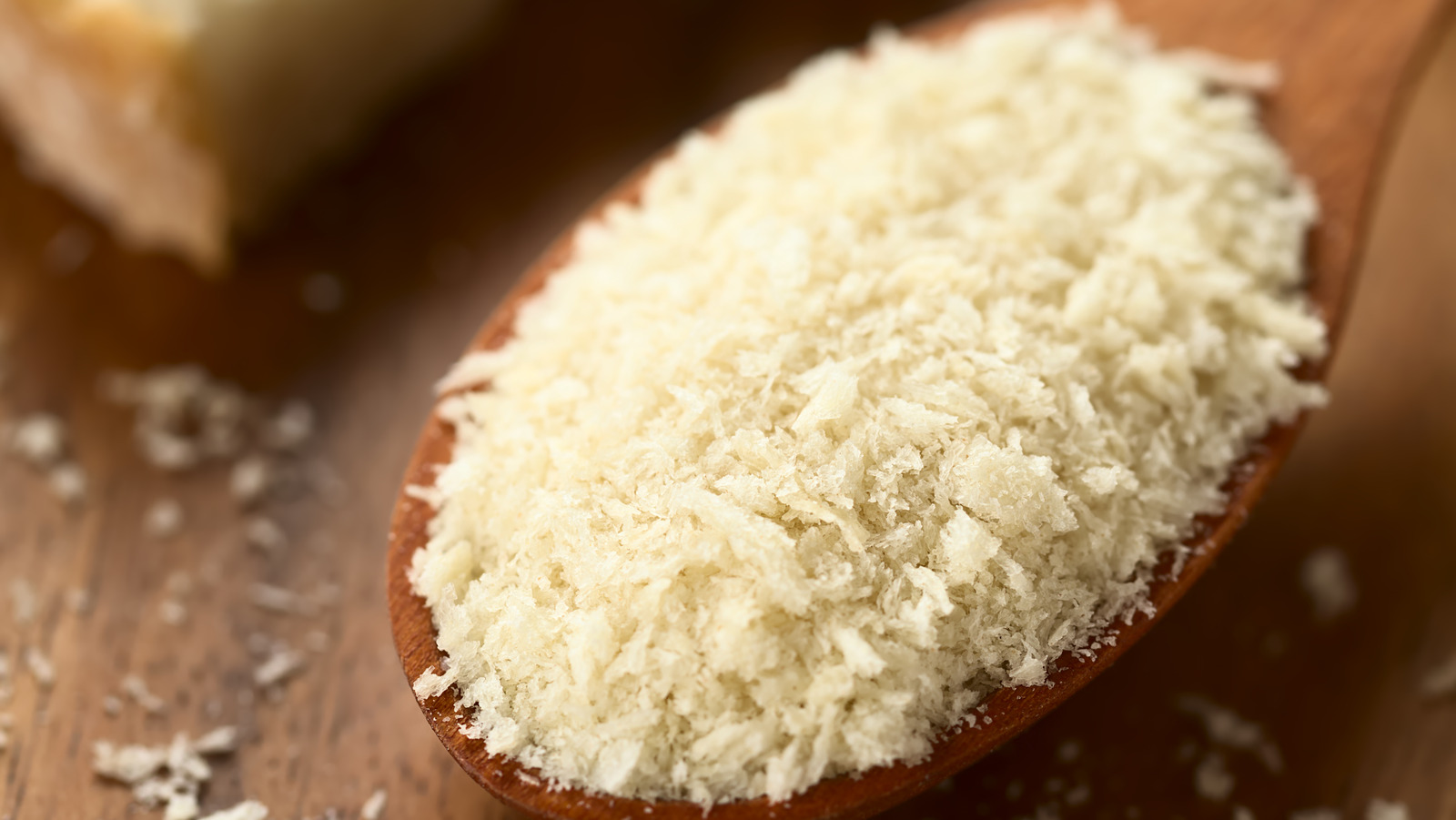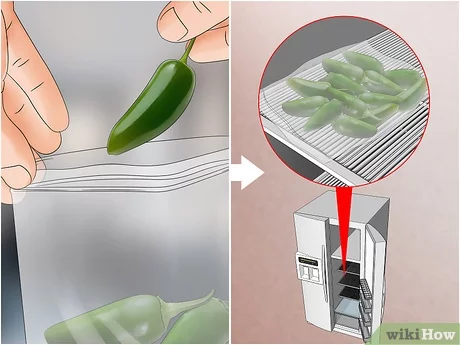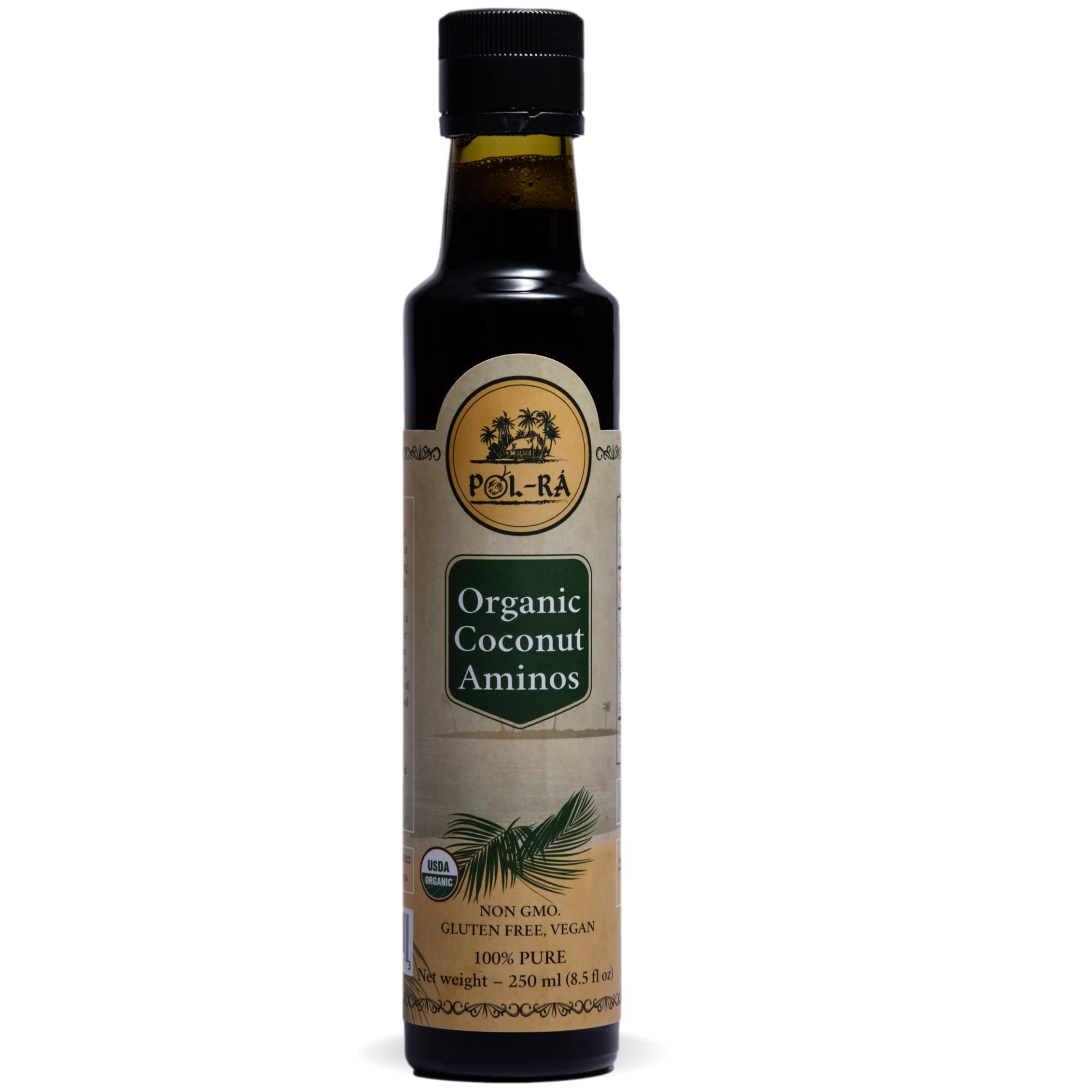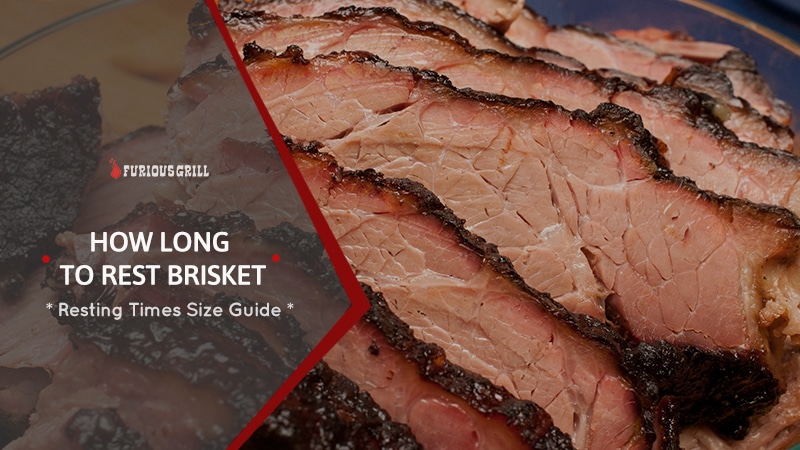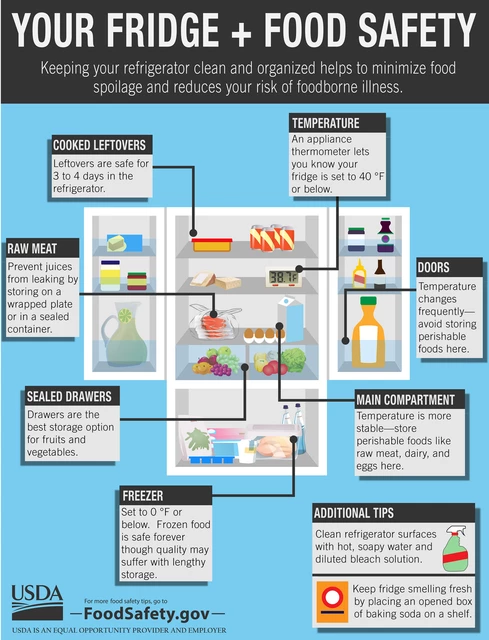What Does Rambutan Taste Like? A Comprehensive Flavor Exploration!
– Rambutan is a fruit with a ball of white flesh in the middle and a pit/seed.
– It is typically eaten fresh but can also be added to fruit salads, curries, and desserts.
– The taste of rambutan is subjective but is described as very sweet with a hint of sourness.
– It has a note of floral tropical taste and the texture is a mix between a grape and a pear, or maybe a cherry.
– The skin has a woody taste when it falls off the seed.
– Rambutan tastes similar to lychee as they are in the same family of fruits.
– The fruit is considered yummy and worth trying.
– The price of rambutan may vary depending on location, but 20 to 25 of them can be bought for around $3.00.

